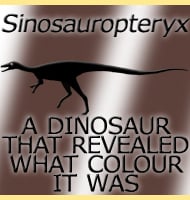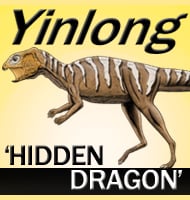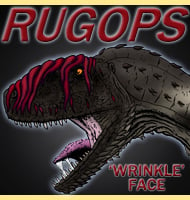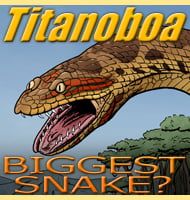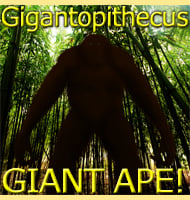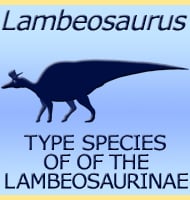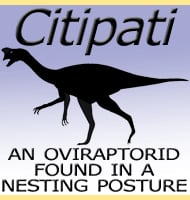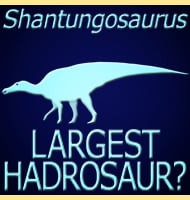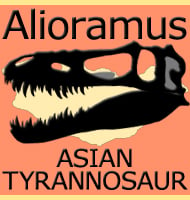In Depth
Agujaceratops originally started out as being assigned as a species to the genus Chasmosaurus, another and more common Campanian era ceratospian dinosaur. However closer analysis by Lucas, Sullivan and Hunt in 2006 of a partial skull revealed key differences between it and other Chasmosaurus fossils. This led to the material being removed from Chasmosaurus and established as a unique genus, though the original species name of mariscalensis was retained to create the new type species of Agujaceratops mariscalensis in keeping with standardised renaming guidelines. The genus name is inspired by the Aguja Formation where the original holotype was recovered from a bone bed of remains, combined with ‘ceratops’ which in Ancient Greek means horned face. The species name of mariscalensis literally translates to English as ‘from Mariscal’. Since the holotype was described, further fragmentary remains have been assigned to the genus.
Other dinosaurs of the Aguja Formation that Agujaceratops likely shared its habitat with include its relative Chasmosaurus, as well as the armoured dinosaurs Edmontonia and Euoplocephalus as well as the hadrosaurid Angulomastacator amongst others. Predatory dinosaur remains from this formation are mostly smaller theropods such as Saurornitholestes and Richardostesia. These dinosaurs probably wouldn’t have been a serious threat to Agujaceratops, and most likely hunted other similarly sized dinosaurs that were easier targets.
One very serious threat did however live in the Aguja Formation, and this was the fearsome Deinosuchus, a giant crocodile with a reputation for taking on tyrannosaurs that could have potentially dragged an Agujaceratops into the water where it could be drowned before being eaten. Not only was Deinosuchus the biggest predator so far discovered in the Aguja Formation, but the presence of a semi-aquatic crocodile combined with the fossils of turtles and ammonites reveals that Agujaceratops probably lived in coastal wetlands that would have been near the coastline of the Western Interior Seaway, a shallow sea that submerged much of central North America during the Cretaceous.
Further Reading
-Chasmosaurus mariscalensis, sp. Nov., a new ceratopsian dinosaur from Texas. – Journal of Vertebrate Paleontology. 9 (2): 137. – T. M. Lehman – 1989. – Re-evaluation of Pentaceratops and Chasmosaurus (Ornithischia: Ceratopsidae) in the Upper Cretaceous of the Western Interior. Late Cretaceous Vertebrates from the Western Interior. – New Mexico Museum of Natural History and Science Bulletin 35:367-370. – S. G. Lucas, R. M. Sullivan & A. P. Hunt – 2006. – New specimens of horned dinosaurs from the Aguja Formation of West Texas, and a revision of Agujaceratops. – Journal of Systematic Palaeontology. – T. M. lehman, S. L. Wick & K. R. Barnes – 2016.

